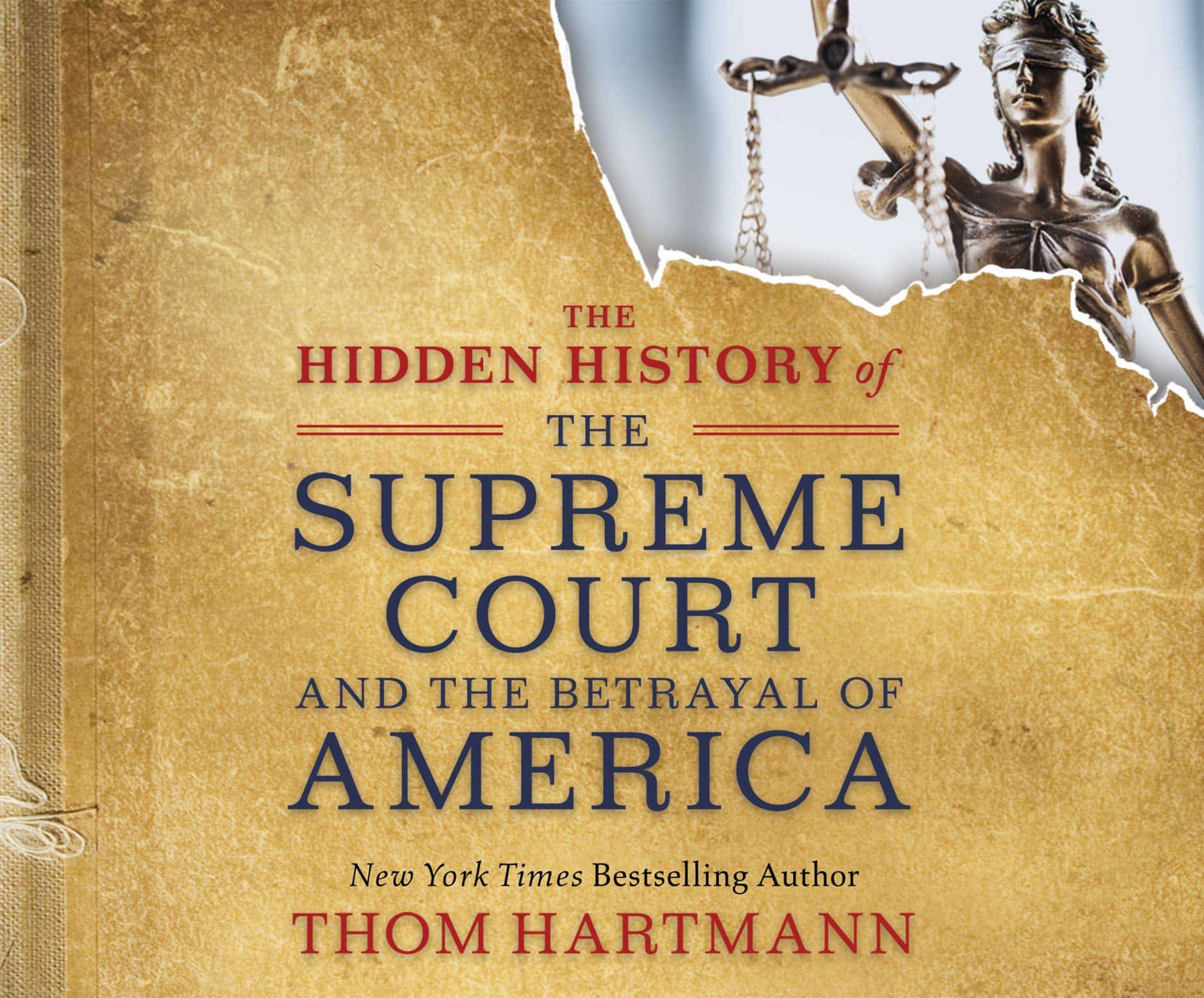On December 7, 2022, the Supreme Court of the United States will begin hearing oral arguments for Moore v. Harper, from North Carolina, with a decision expected sometime in the spring of 2023. Moore filed an appeal of the North Carolina Supreme Court 4-3 decision to reverse a decision to strike down a 2020 redistricted map so gerrymandered it would result in 10 Republicans and 4 Democrats as North Carolina’s congressional delegation in an election with a total statewide vote count of 50-50 split between the parties. The complainant will be arguing an obscure and invalid reading of the independent state legislature theory which would give ultimate authority of a state’s legislature to regulate federal elections. Remedies to counter this from the governor or state courts would be invalid. A state’s legislature could theoretically overturn the will of the people on such matters as amendments to state constitutions and choosing electors for presidential races. In the U.S., as of October 2022 only about 29.42 percent of voters are registered Republican and 38.78 percent of voters are registered Democrat. With over half of all state legislatures firmly Republican, largely due to gerrymandering, we effectively have minority rule in the United States. This attack on democracy could open the door for permanent one-party minority rule that is counter to the will of the people. How did we get here?
In his 2019 book “The Hidden History of the Supreme Court and the Betrayal of America,” Thom Hartmann traces a timeline of how the highest-level judicial powers evolved and how this has shaped our current political landscape. He shows the dangers of this branch of government – which has lifetime appointments and no codified judicial ethics governing its members. Hartmann could have predicted what would happen in the few years after the book’s publication. Justice Clarence Thomas refuses to recuse himself from January 6 “Stop the Steal” cases, even with his wife Ginny’s active involvement. The extremist court scuttled a woman’s right to abortion through a stunning reversal of 1972 Roe v. Wade. SCOTUS fast-tracked the process in 2021 using the so-called shadow docket, where they refused to block Texas’s de facto abortion ban until cases worked their way through the lower courts.
As described in this book, the powers of SCOTUS – an unchecked unelected lifelong group of justices – were strengthened from the decision of Marbury v. Madison which established the right to judicial review of legislative laws and executive orders. Judicial review is the process by which SCOTUS decides whether to strike down a law as unconstitutional. This power was decided in the case itself even though this judicial power does not appear anywhere in the Constitution itself. It elevated the constitution to be a document of law, not just a political proclamation. Hartmann reminds us that every citizen’s daily life has been touched by decisions made by SCOTUS. The decisions of SCOTUS have allowed for political corruption to occur at the federal level and a refusal of lawmakers to pass legislation that is popular with most US citizens. For instance, 2010 Citizens United has allowed unfettered donations from the wealthy and corporations with the declaration that money is speech. So the wealthy and corporations now have their interests supported and consumer, labor, and environmental protections weakened. Appropriate taxes for the wealthy, strengthened labor protections, federal minimum wage, strong environmental protections, protections of women’s right to abortion and contraception, national healthcare, free public education through college, protection for gay and interracial marriage are all popular with most voters but are not given consideration. The current ideological and political makeup of SCOTUS bears little resemblance to the people of the United States. In early eras, except the time through the 1930s–1970s when the court issued landmark decisions guaranteeing equal access to education such as 1954 Brown v. Board of Education, housing, and voting protections, and currently, the court make up protects interests of billionaires and corporate decisions at the expense of everyone else.
At our nation’s beginning laws focused on commoner’s property rights. The revolution had thrown off the yoke of the monarchy and the founders embraced the notion that the divine rights of kings was an unacceptable lens for government formation. There would be no federally established church. Thus, a new government was formed to organize commerce and serve at the pleasure of those (namely white men who owned property) who elected lawmakers in this new republic. The 6-Nation Iroquois confederacy and writers such as Thomas Hobbes and John Locke influenced the founders on the idea of a nation of laws, not men. These ideas also promoted the formation of a final court of appeals – the Supreme Court of the United States. Section 3 article 2 of the U.S. Constitution specifically describes the Supreme Court as a final arbiter of court case disputes, which was its original scope to appease those who had concerns over a supreme judiciary with lifetime appointments. Alexander Hamilton wrote in the Federalist Paper 81 that the court must not usurp powers 0f the other branches.. The court was empowered to rule on disputes between the states and review of treaties with foreign nations. The powers were of an appellate nature. But there was a loophole in the federalist in which Hamilton said the power rests with the people over congress. Eventually there was a case where this interpretation ultimately allowed for the ability for judicial review which strengthened the court beyond its limited appellate powers. This happened with Marbury v. Madison in 1803, giving SCOTUS much more power than originally intended,
There was conflict between John Adams, a federalist and the forerunner of today’s conservatives and Thomas Jefferson, who we would today identify as liberal. Adams had been packing the courts with federalists. When Jefferson took office in 1801, he found there were outstanding judicial appointment papers yet to be delivered to the judges, who could not by law take the bench until physically given the document. Jefferson ordered Secretary of State James Madison to throw away these appointment papers rather than deliver them. This deprived the Adams appointed judges from taking their seats. William Marbury, one of the appointed judges, sued James Madison and the case went straight to the Supreme Court. SCOTUS decided they had the right to strike down any law passed by Congress and signed into law by the president. After that they ruled in Madison’s favor, so Marbury lost his seat. Justice Marshall declared the law of mandatory written appointment delivery was unconstitutional, but no remedy was given to Marbury. The judicial review power to strike down any legislative action then reset the tone and powers of the court which has caused Jefferson to bemoan the fact that the judicial branch of unelected justices now has set themselves up as a despotic branch.
In 1856, the Dred Scott case which reaffirmed that Black people were property was another famous case where the powers of judicial review upheld the power of slave owners and their states. Abraham Lincoln would eventually refuse to recognize the judicial review component of the Dred Scott case.
The idea of corporate personhood in the 1819–1886 era was upheld by the corporate friendly courts and money as political speech was affirmed in the 1976-2013 era. Hartmann recounts how in 1971, the famous Powell Memo outlined how wealthy corporations could alter public opinion and eventually take over government policy itself. After Louis Powell delivered this memo to the president of the chamber of commerce, President Nixon appointed him to SCOTUS. Ten months after Powell’s senate confirmation, this confidential memo surfaced but it had made its way to CEO’s all over the country. The memo advised on use of the judiciary as the means to craft business friendly policy and recommended the business community donate money for training lawyers to argue for businesses and registering lobbyists. The American Legislative Exchange Commission (ALEC) which literally crafts business friendly bill language for Congress was created in 1973. The Koch Brothers founded the Cato Institute around the same time, too. The senate never knew about the Powell memo during the confirmation hearing and so did not get the chance to question him about potential impartiality hearing business cases. In 1976 the court ruled that money is speech, thereby giving the wealthy a much louder voice legislatively and weakening the ability of the government to regulate corporate activity. This has undermined our democracy and concentrated unprecedented power into large powerful corporations. In 2010 the Citizens United decision even further political power toward the wealthy by lifting restrictions on campaign contributions, which has effectively legalized political corruption. Political power is now defined by wealth. According to President Jimmy Carter, as of 1979-1980 we became an effective corporate oligarchy, not a democracy of the people by the people. The resulting power of oil companies is an existential threat to life on this planet. The monopolistic power of big tech companies endangers ordinary and marginalized people because of security concerns and destructive disinformation.
Because the Constitution embraces property rights over human or environmental rights, most SCOTUS decisions by default have come down on the side of protecting corporate interests and wealth over labor rights, consumer protection, and human and environmental health.
According to Thom Hartmann, in 2000 Bush v. Gore the Supreme Court effectively stopped the Florida vote recount after the so-called Brooks Brothers protest. Bush was ahead by only 500+ votes with thousands of votes thrown out. Arguably, Gore should have won the state of Florida which would have given him the 25 electoral college votes needed to become president. Of course, 7 of the justices on the court at the time were appointed by Republican presidents and only 2 Democrats appointed by Bill Clinton. Then in 2013, the court weakened the 1965 voting rights act.
There are some remedies Hartmann offers to push the court back into an institution that truly reflects the will of the people rather than the will of the wealthiest. Congress could add seats to the SCOTUS while we have a Democrat as president and a Democratic-majority in the Senate. Another solution is term limits of 18 years with staggered seats which would ensure each president the ability to appoint at least 2 justices. There could also be live streamed oral arguments before the court improving civic engagement. The constitutional remedy would be amendments although that is a slow process. Congress could pass laws forbidding SCOTUS from using judicial review in certain types of cases. SCOTUS’s appellate jurisdiction is subject to congress empowered from Article 3 Section 2 to name which types of laws are exempt from judicial review. Will the Democrats have the will to use the Constitution itself to restore our democracy and address climate change by curbing SCOTUS powers?
We can only hope.







